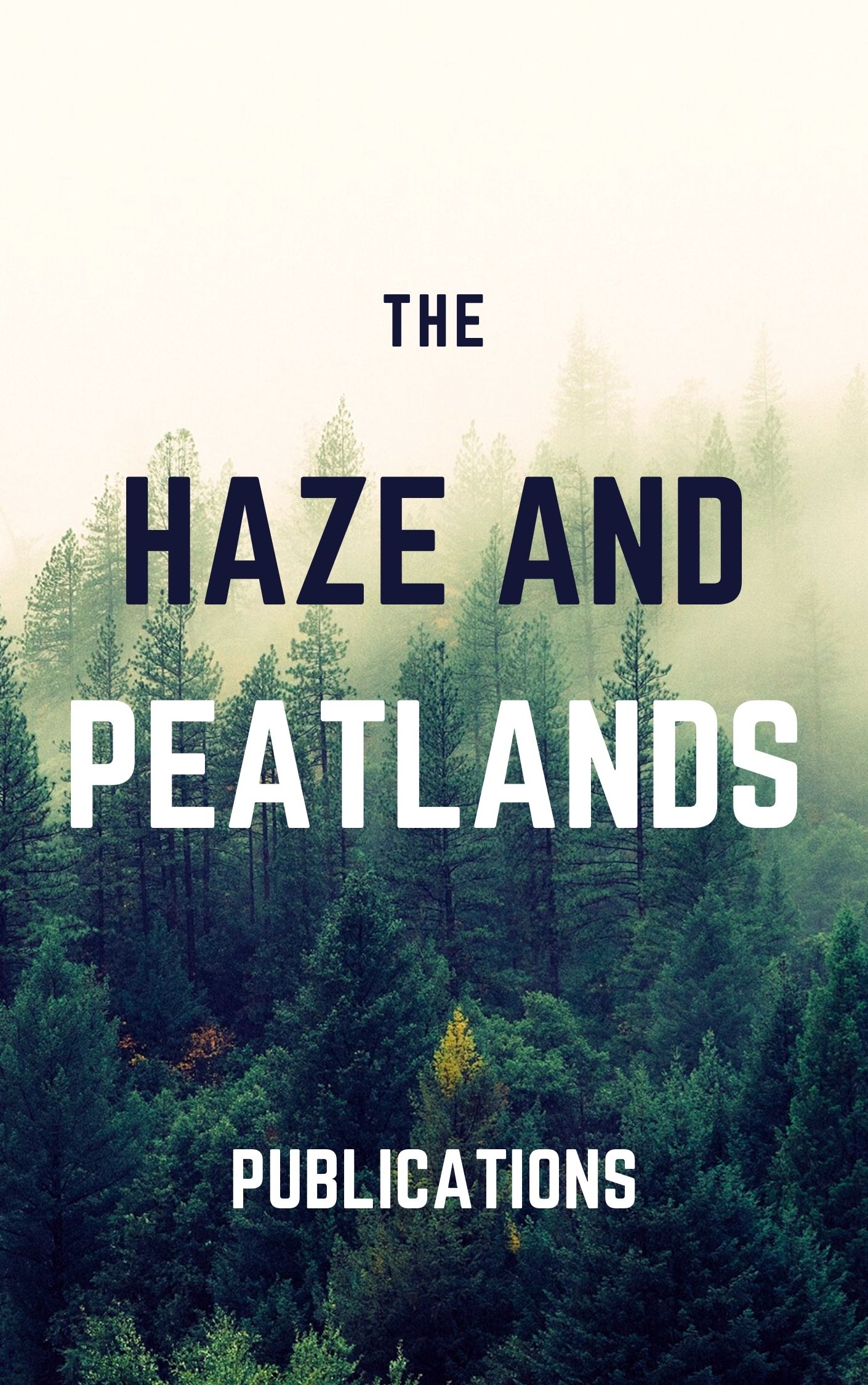A study of the impacts of the 1997-98 haze episodes in Brunei Darussalam was carried out in two districts between September 1997 and September 1998 through random surveys of households. The aim of the study was to understand health problems caused by haze; whether such health impacts differed amongst different groups in the population; and the nature of the differences that might exist. The study also sought to understand whether health impacts of haze varied between urban and rural areas. Furthermore, the study aimed to understand respondents' perception of the haze problem. Some hypotheses formulated to establish the existence or otherwise of significant difference between health conditions during haze (September 1997 and January-June 1998) and haze-free periods (January-June 1997 and September 1998) were verified through the p-value statistical approach. The conclusions from the verifications are that adverse health effects of the haze were statistically significant and were not uniform with respect to different groups in the population. For example, the deleterious effects of haze appeared skewed towards the young (age 1-5 years) and the aged (≥60 years). A higher proportion of urban population was more adversely affected than in rural areas and, other things being equal, a higher proportion of outdoor workers was more adversely affected by haze than their indoor counterparts. The paper suggests cooperative efforts amongst ASEAN governments to reduce poverty in communities that burn forests; improve their socioeconomic opportunities; lessen their dependence on land; and share information related to haze to prevent or mitigate its adverse effects. There is a need to intervene especially in the private sector with respect to work schedules of those who work outdoors (e.g. construction workers) and the housing of immigrant workers occupying makeshift structures to escape rents in proper accommodation. There is also a need for greater and sustained programme of educating the public on environmental hazards to mitigate their adverse impacts on society.
View source

